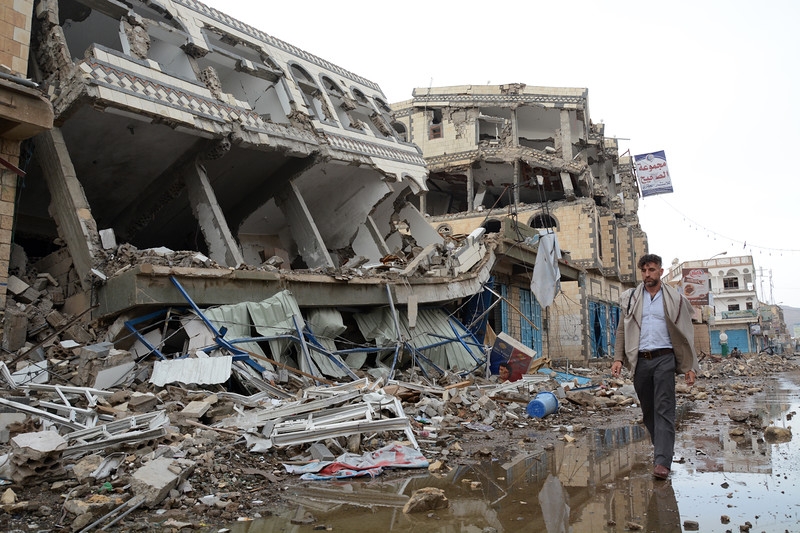UNOCHA’s humanitarian report warns of worsening global trends

The World Humanitarian Data and Trends report, released by UN Office for the Coordination of Humanitarian Affairs (UNOCHA), studies humanitarian data from the last five years to provide evidence based advice on how best to respond to humanitarian crises.
According to the Global Humanitarian Overview 2019, humanitarian crises have increased in number and duration over the last ten years. Between 2005 and 2017 the number of crises which received an international response doubled from 16 to 30.
Similarly, since 2015 appeals for crises lasting five years or more have required 80% of funding received and requested, compared with 30% in 2015.
In 2017, 16.2 million people were newly displaced by conflict and violence, this is equivalent to 44,000 people being forced from their homes each day. In addition, 18.8 million were displaced by natural disasters; disasters affect around 350 million people each year.
Around the world 70 million people are displaced, most of these are internally displaced. Syria has the most internally displaced people with 6.5 million, followed by the Democratic Republic of Congo (4.5 million), Sudan (2.1 million) and Iraq (2 million).
It is expected that 140 million people will be internally displaced as a result of climate change by 2050.
Due to conflict and climate change there has been an increase in undernourishment in recent years, following decades of decline.
In 2017, 821 million people were undernourished compared to 804 million in 2016. In 51 countries 124 million people experienced crisis-level food insecurity, a 15% increase from 2016. Nigeria, Somalia, South Sudan were the worst affected countries.
Conflict often displaced people from their farm land, disrupting markets and transport systems and driving up prices. When combined with climate change and cycles of drought or flood, the problem is exacerbated.
In 2017, 50 million children under 5 experienced wasting due to severe acute malnutrition. Children in conflict zones are the worst affected; 80% of all chronically malnourished or stunted children live in countries experiencing conflict.
Yemen is a notable example, here the threat of famine is extremely high and 8.4 million Yemenis do not know where their next meal will come from. Up to 12 million people could be entirely reliant on aid if this trajectory does not change.
In addition, 2.1 billion people lacked access to safe drinking water in 2017 and 1.9 billion lived in water scarce areas.
Conflict is a key challenge to achieving the SDGs. During conflict zones access to education and enrolment falls dramatically, particularly for girls. Girls in conflict areas are 2.5 times more likely to be out of school in conflict. Natural disasters also increase the number of girls missing school as they are responsible for fetching water and caring for their family.
In 2017, 263 million children were not enrolled in primary or secondary school, 61 million at primary level and 202 million at secondary level.
The AIDF Global Summit will return to Washington, D.C., USA for its 11th year in 2019.
If you’d like to stay informed on the latest updates in aid and development, please sign up for the AIDF newsletter.
Image credit: UNOCHA










